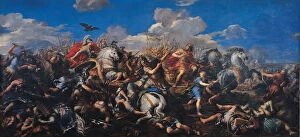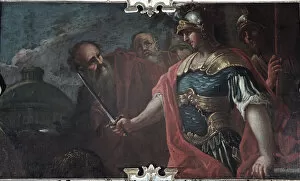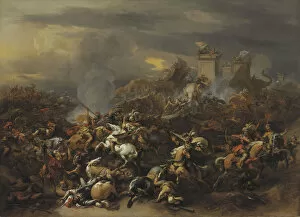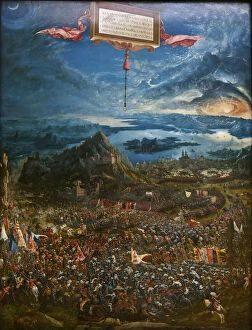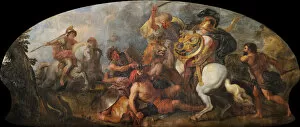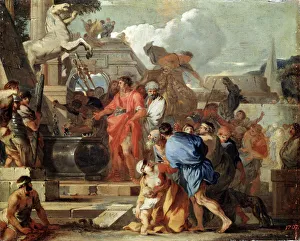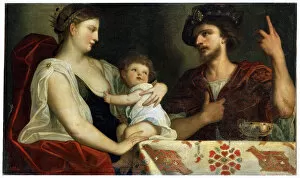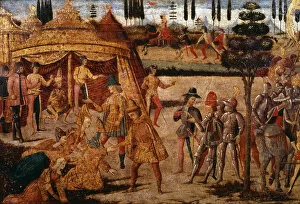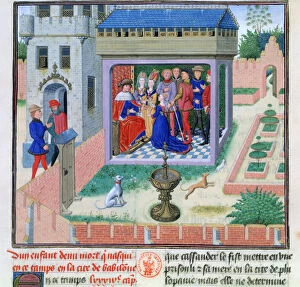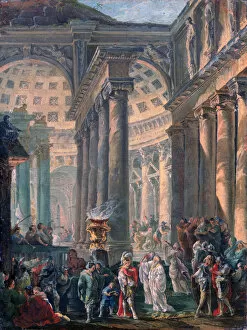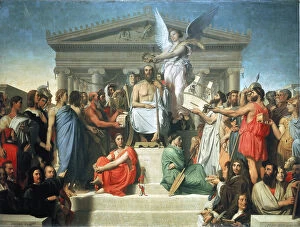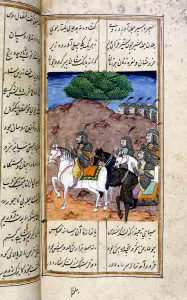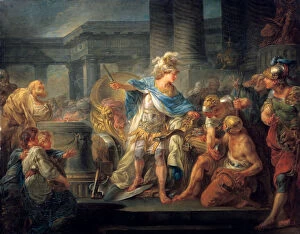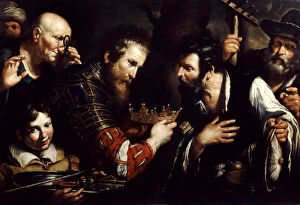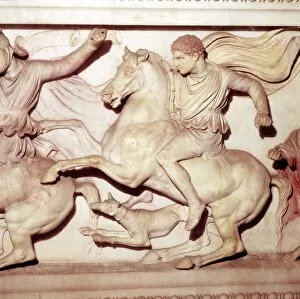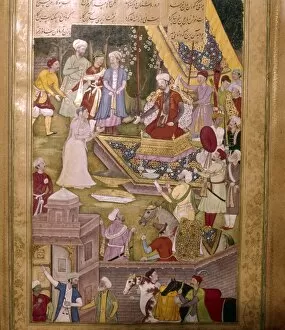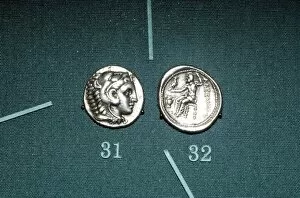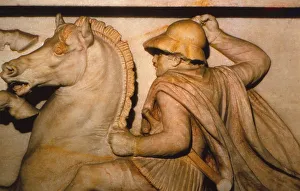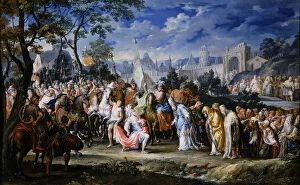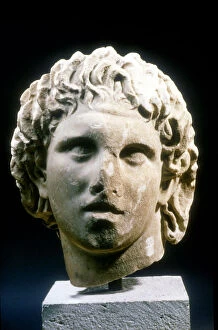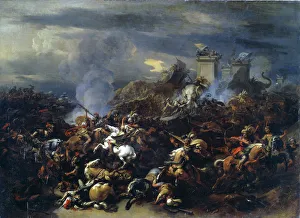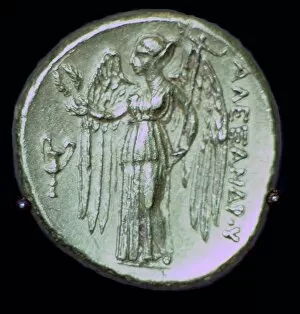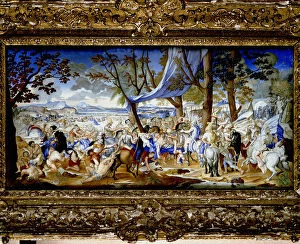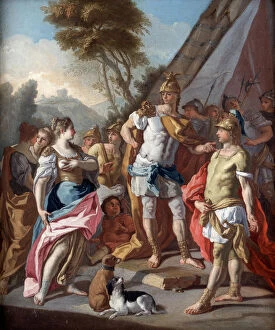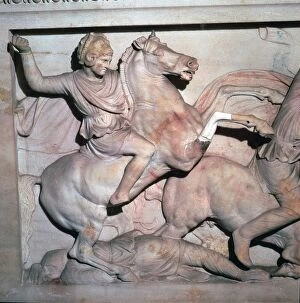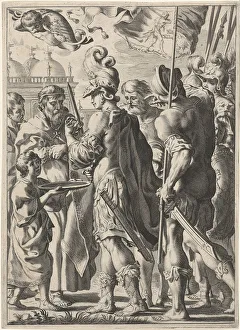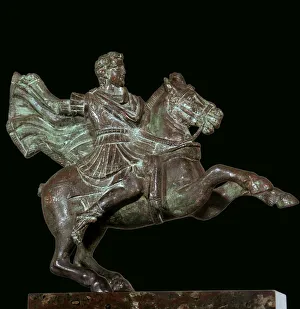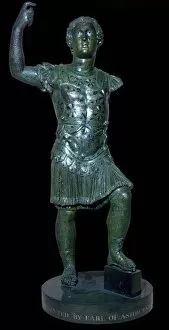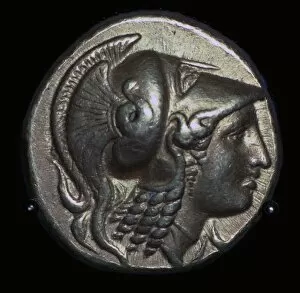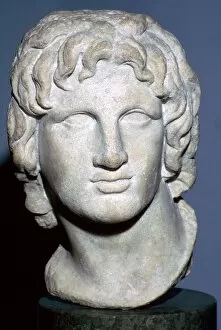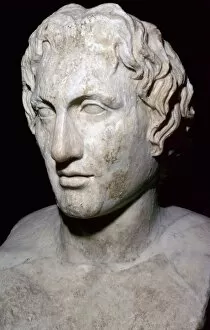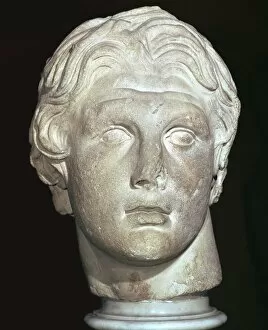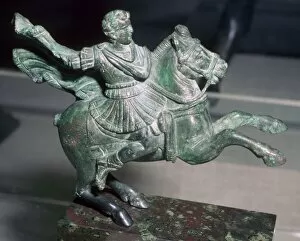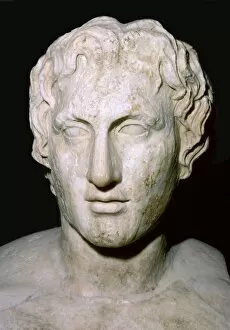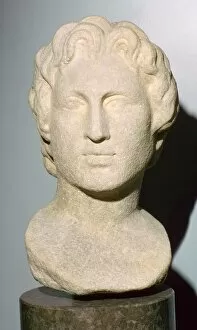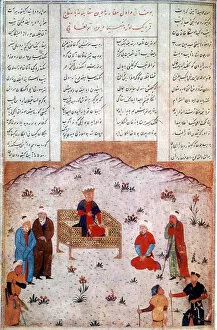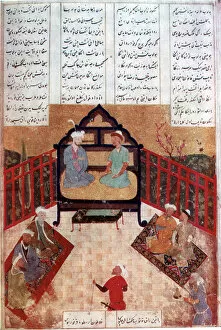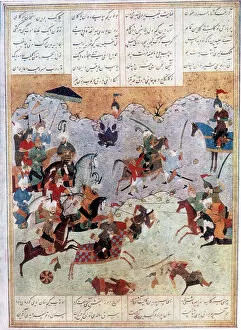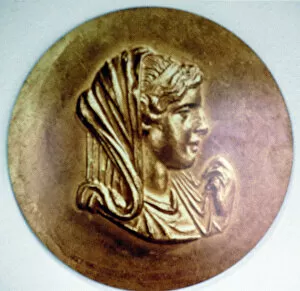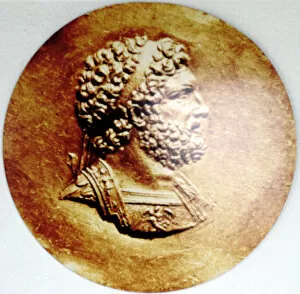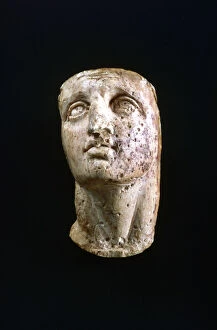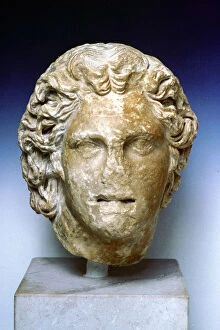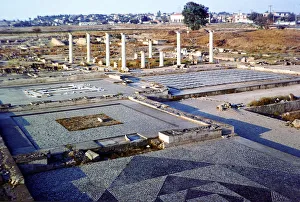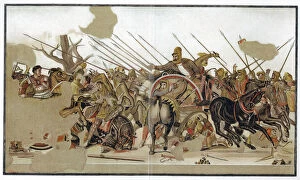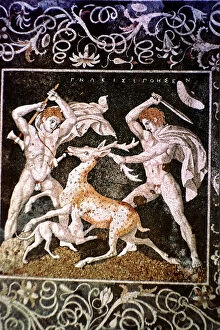Alexander The Great Collection (page 8)
"Alexander the Great: Conqueror of Empires
All Professionally Made to Order for Quick Shipping
"Alexander the Great: Conqueror of Empires, Student of Aristotle" Step into the ancient world with this captivating Roman mosaic depicting the legendary Battle between Alexander and Darius. Preserved in Pompeii's House of the Faun, it offers a glimpse into one of history's most iconic clashes. Explore the vast Macedonian Empire through an intricately detailed map showcasing Alexander the Great's conquests. Witness how his strategic brilliance expanded his realm to unimaginable proportions during the 4th century. Delve deeper into history as you witness Aristotle tutoring a young Alexander in this remarkable painting by Jean Leon Gerome Ferris. This encounter between teacher and pupil would shape not only their lives but also influence generations to come. Marvel at another stunning Pompeii mosaic dating back to 1st century BC, which immortalizes Alexander himself. Admire his regal presence and charismatic aura that still captivates us today. Witness the might of Alexander's army as they prepare to destroy Persepolis, an act that forever changed Persian history. Experience the tension and anticipation before one of civilization's pivotal moments. Travel back even further in time with an engraving from the 19th century capturing Aristotle imparting wisdom upon a young Alexander. Feel their intellectual connection as they delve into philosophy, politics, and warfare. Immerse yourself in Persia's grandeur with a glimpse at Persepolis' ruins—a testament to both its former glory and its fateful encounter with Alexander's forces. Stand where empires clashed and destinies were rewritten forever. Finally, behold "The Queens of Persia at the feet of Alexander, " also known as "The Tent of Darius. " This mesmerizing oil painting transports you to c. 1660 when power shifted hands while illustrating both awe-inspiring triumph and poignant surrender. Alexander was more than just a conqueror; he was a visionary leader who left an indelible mark on history.

